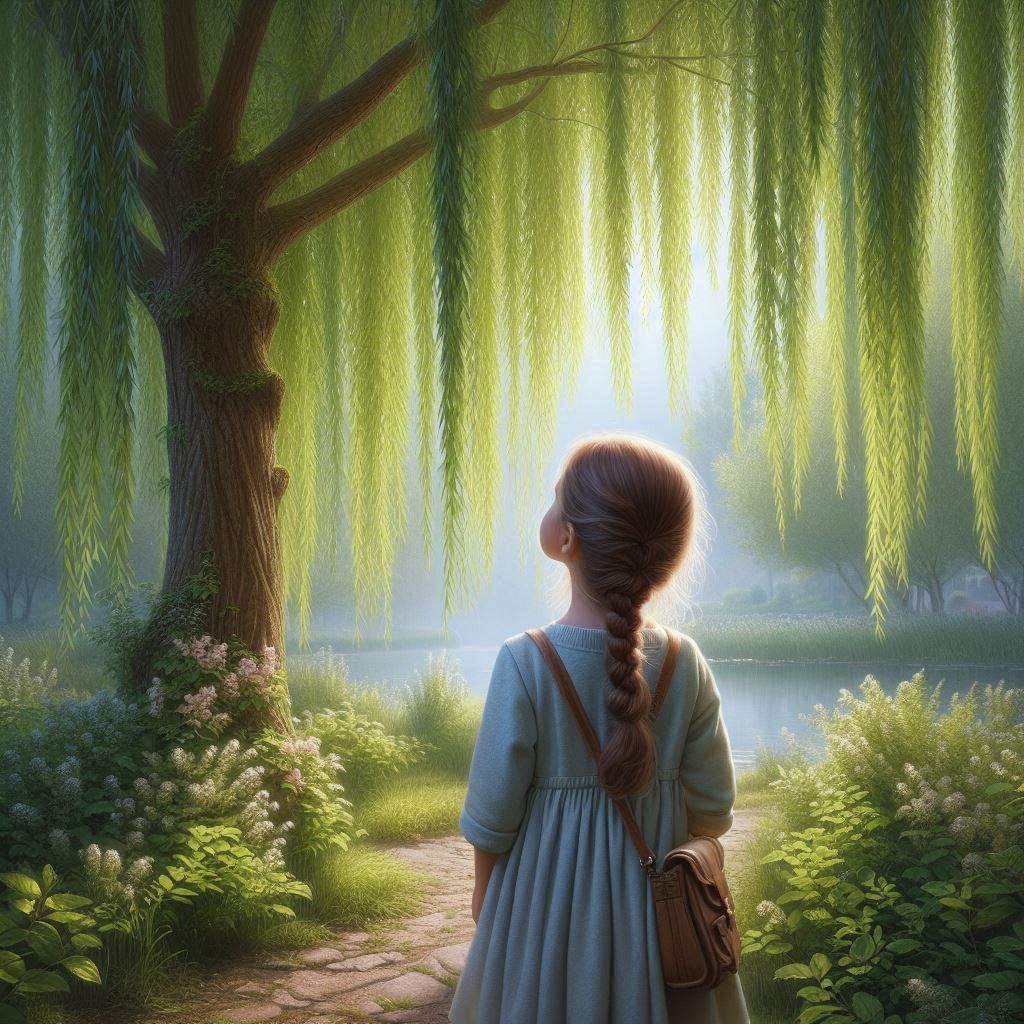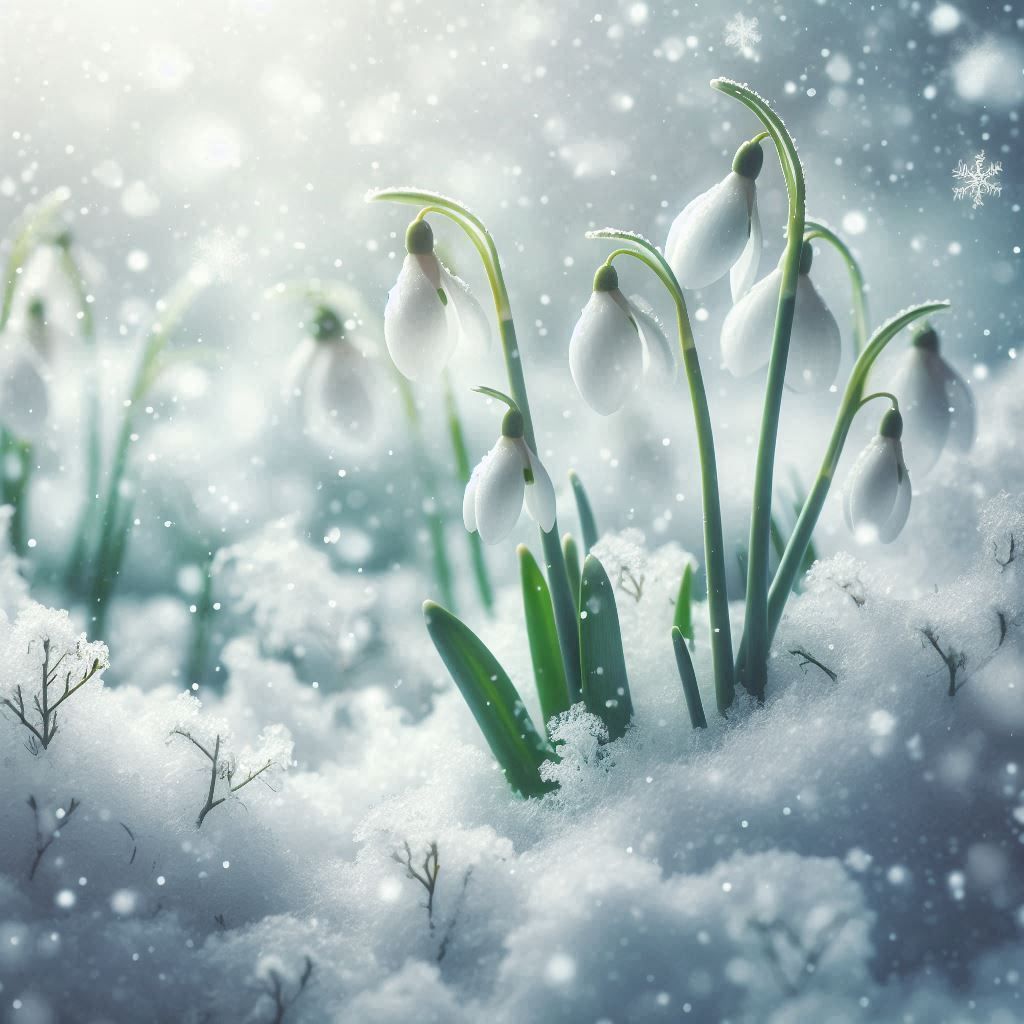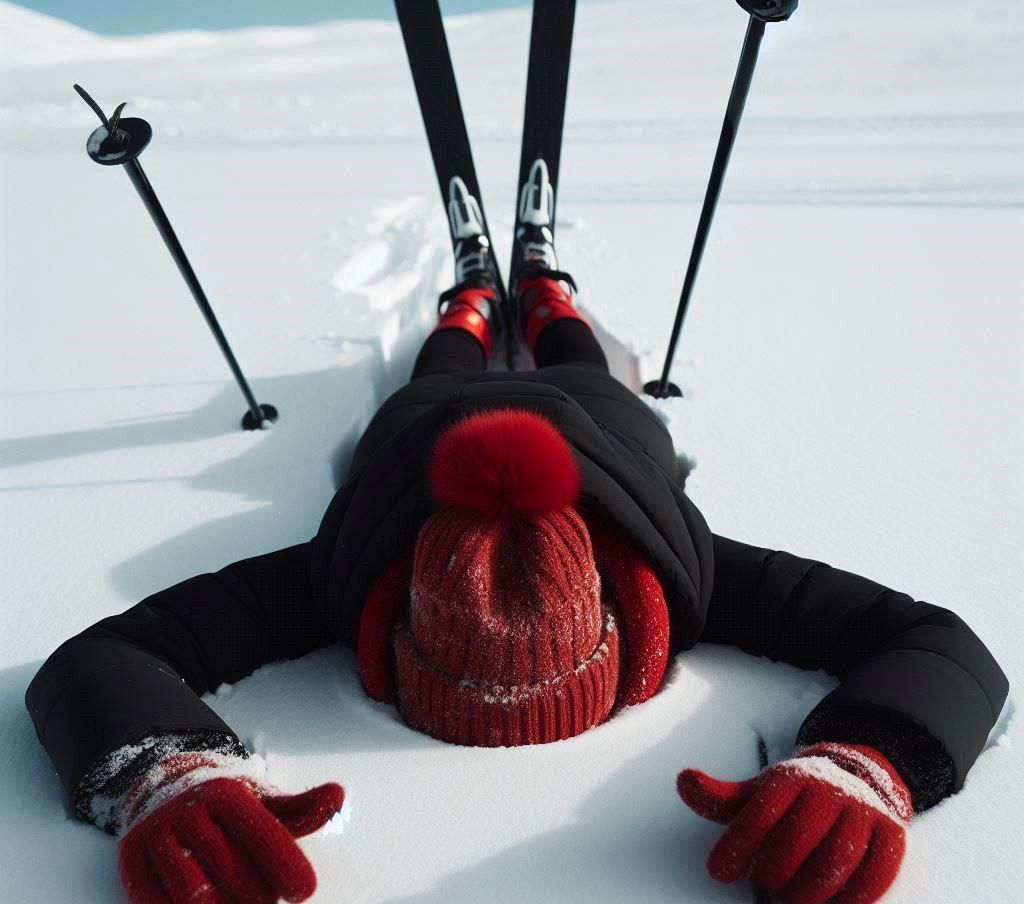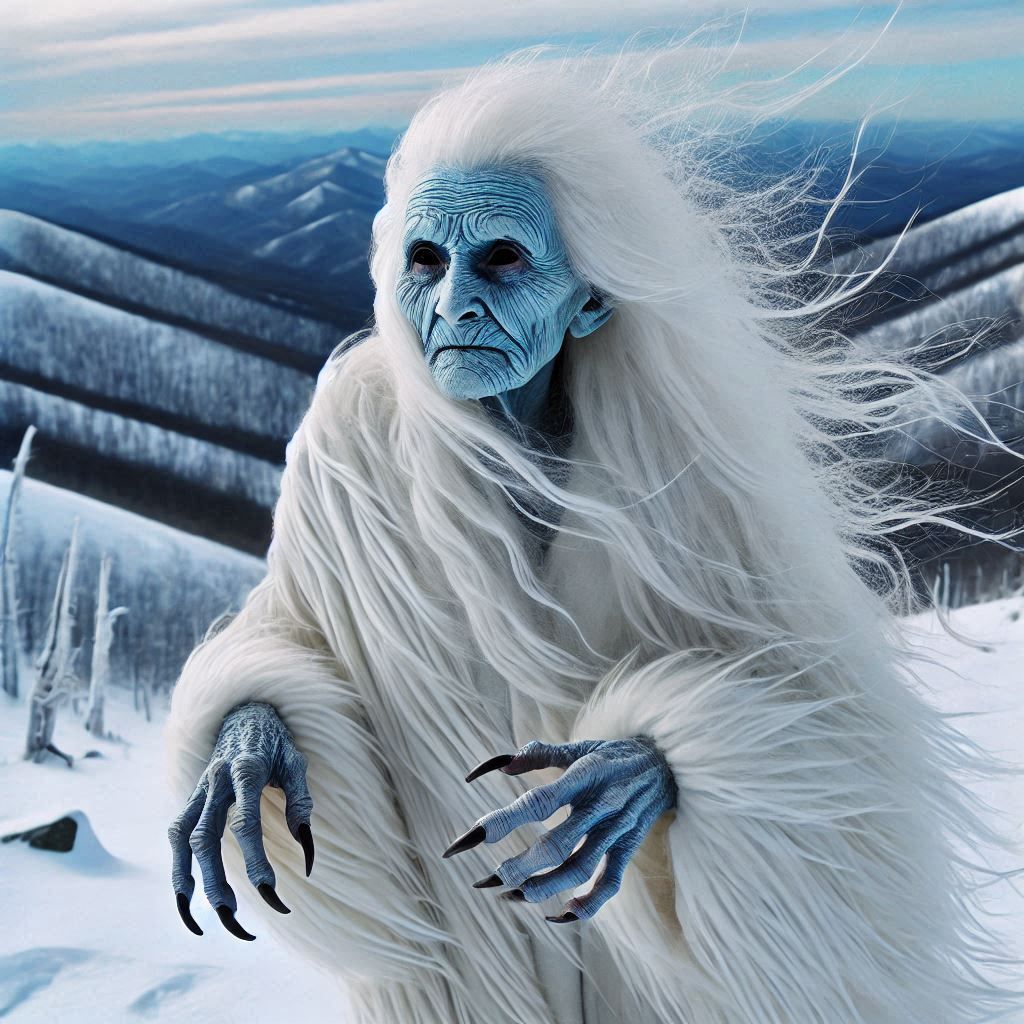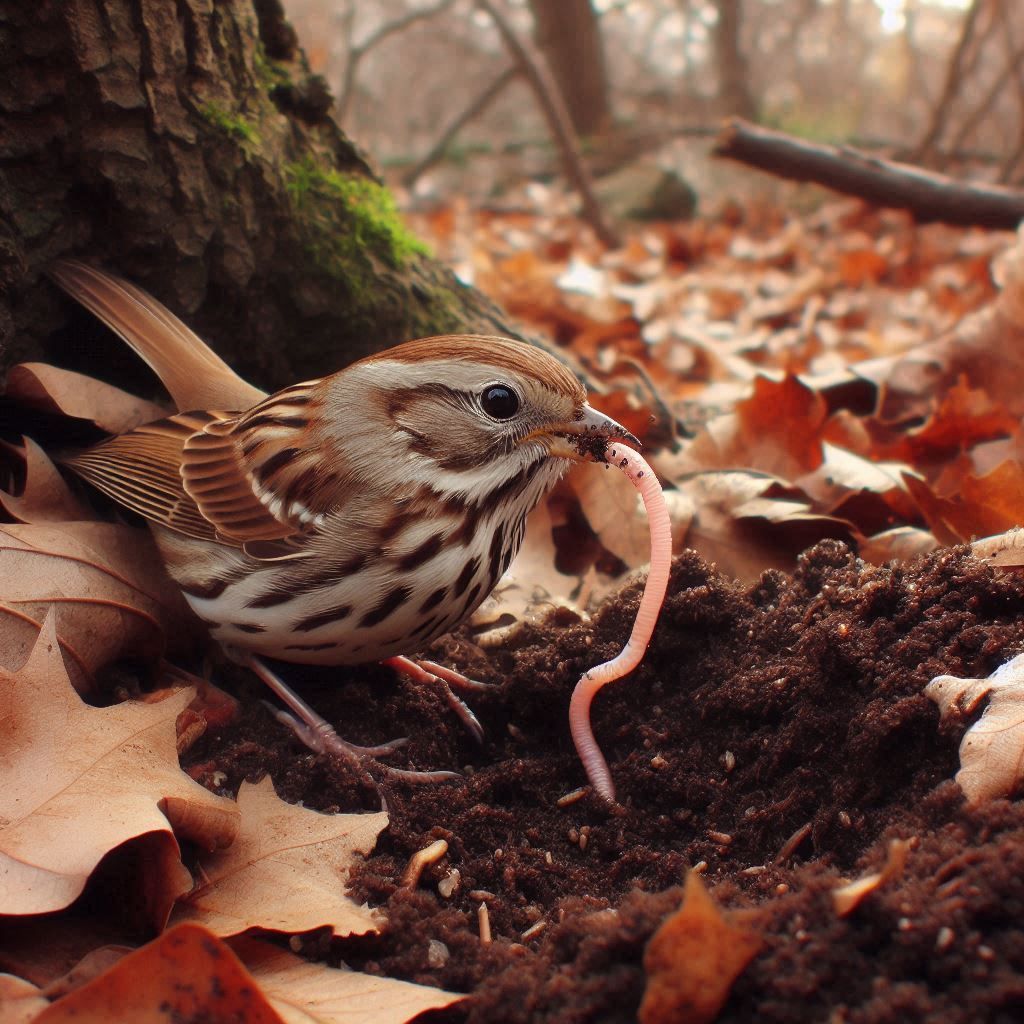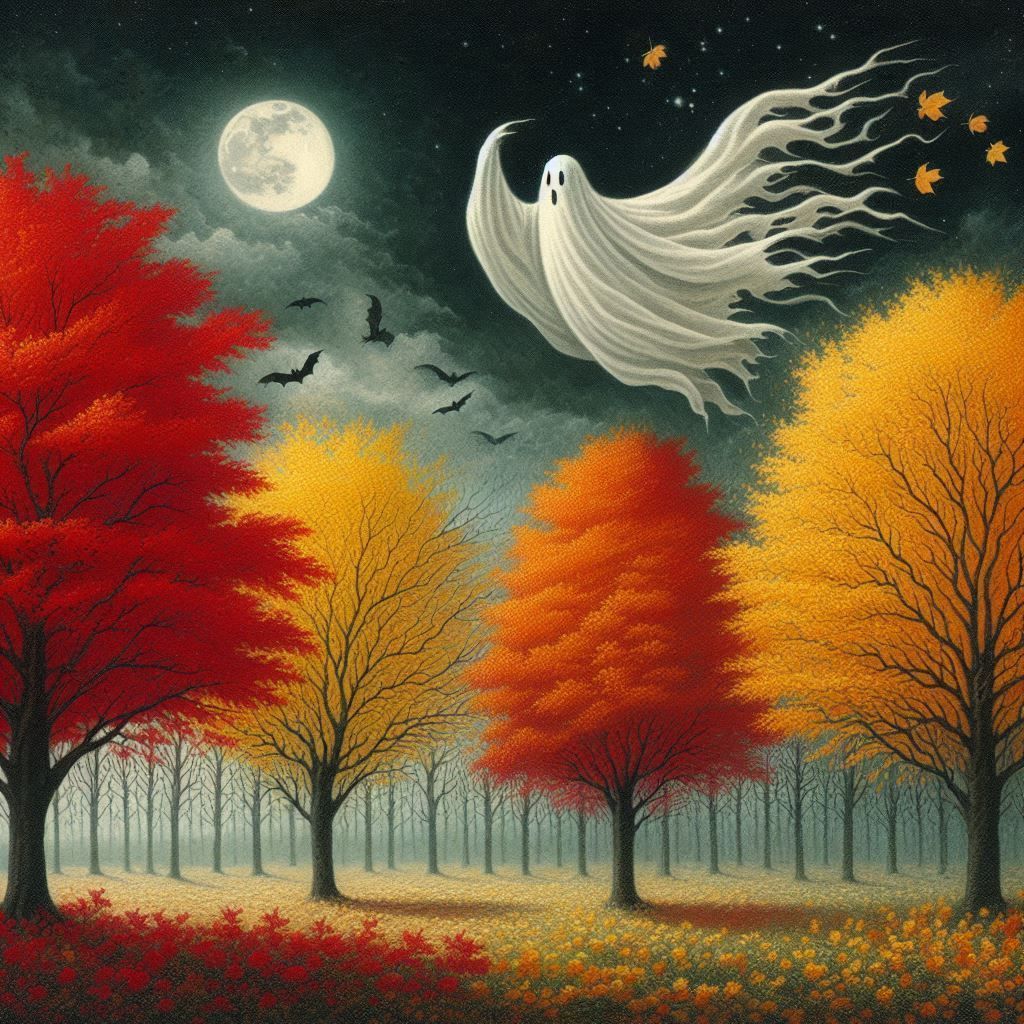Moon Bath
I had hoped for February to bring silvery days covered by snow. It did not. Nonetheless, what the month did deliver were ice-colored nights blanketed by the Snow Moon.
February’s full moon was dubbed the Snow Moon by indigenous, Algonquian-speaking tribes of what is now northeast and northcentral United States. It is a vast territory which includes Lightfall Hollow. The area’s Native Americans named February’s full moon the Snow Moon because it was their experience the heaviest snowfalls typically fell in February. They also called it the Hunger Moon since their food sources and supplies were usually scarce by then. While other indigenous tribes in other regions of the Americas gave the Snow Moon different names.
Likewise, across the Atlantic Ocean, the native tribes of the Celtic people called it the Moon of Ice. Centuries later, in medieval Europe, it was referred to as the Storm Moon. In other places, cultures, and times around the world, February’s full moon was given still more names. As were the full moons of the other months of the year.
What all these many and various names have in common is that they establish a relationship between humankind and the moon. Because that’s what naming does. It triggers bonding and attachment. We feel closer to that for which we have a name. Particularly if the name is special, individualized, and something to which we can assign meaning and perceive familiarity. Such a name makes the named thing significant to us and further strengthens our connection.
I certainly feel a connection to the moon and especially when it shines upon me under its numerous titles. I always have. But never more so than this past February when I spent four blissful nights luxuriating in the Snow Moon’s glow, letting it spill through my open bedroom window and bathe me, warmly soothing my weary, aching, and worried self to sleep. A salubrious sleep from which I awoke refreshed, relaxed, and in high spirits to begin the new day.
Now lest you think I’m off living on another planet, I do realize a full moon is normally known as only a one-night event. Although, if we are to simply focus on the hard facts of the matter, that is also a bit of a distortion. As the moon is in constant orbit around the Earth, a 100% full moon technically lasts for only an instant, and that instant often comes during daylight hours. Be that as it may, in my way of seeing things, a mere technicality.
Because another reality is, to human eyes, the moon can appear fully illuminated for as many as three days/nights. As for that fourth night I had bathing in the light of the Snow Moon, all I can say in my defense is, to my wondering eyes, the moonlight shone so brightly that night too, it might as well have been radiating from an actual full moon.
What is equally extraordinary to me is this past Snow Moon was a micromoon. The moon was at its furthest point from Earth. But it felt so close. As though it were truly with me. As though we wholly connected on some deep, ancient level.
Taking moon baths is an old ritual of mine. Admittedly, what I write next is basically a fanciful notion, and of course, I could always be wrong, but I honestly believe moonlight has healing power and is healthful. My whimsy even makes a speck of rational sense to me since moonlight is reflected sunlight, and though sunlight beaming straight from the sun is curative and conducive to good health, it can be harsh and too much of it can cause harm.
Whereas moonlight, as a lighter version of sunlight, is gentle. Again, I could be indulging in nothing but false fantasy and be categorically wrong, but it is hard for me to imagine getting hurt by wallowing in too much moonlight.
In any case, I am willing to risk it. That and the sheer lunacy of sleeping beneath a widely open bedroom window on a cold winter’s night.
Hmmm. You don’t suppose . . . ?
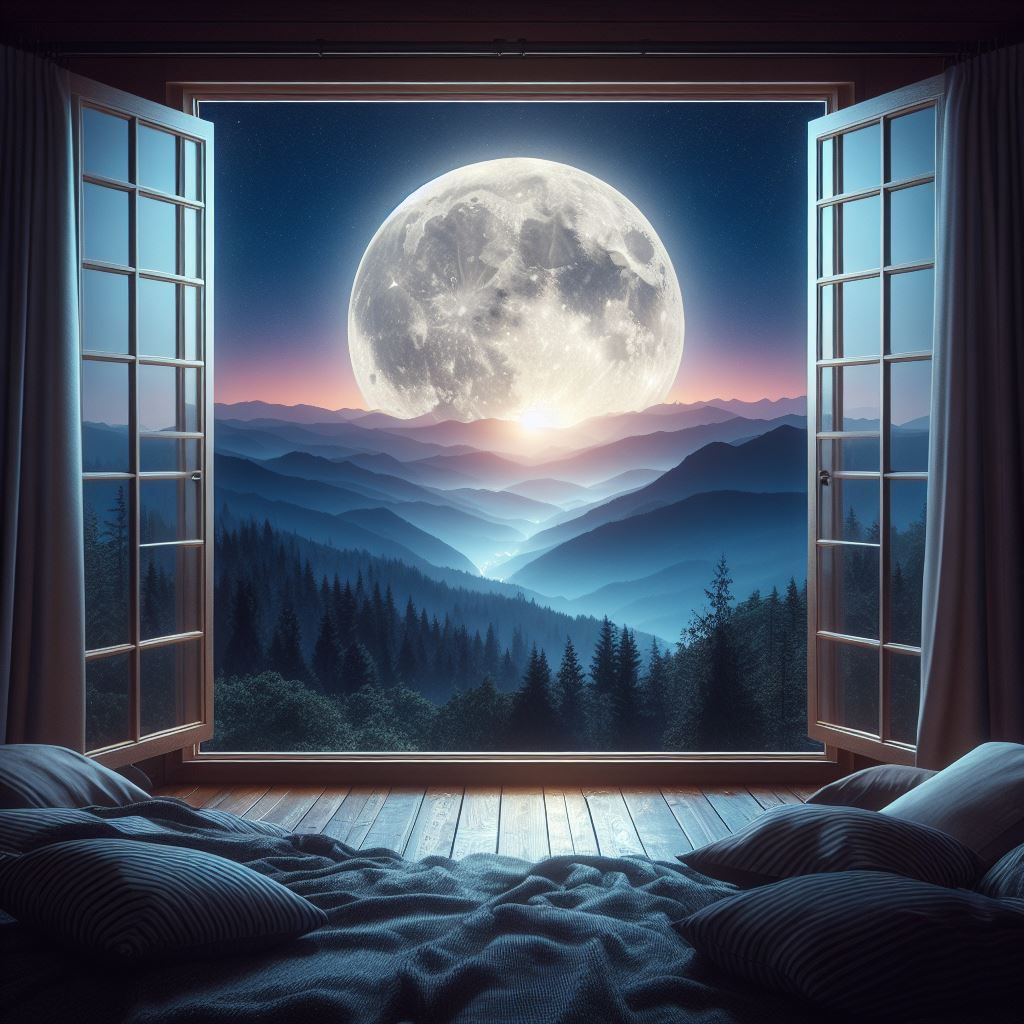
Credit: Bing Image Generator
Share this post via

